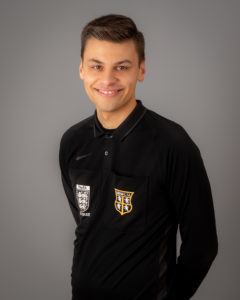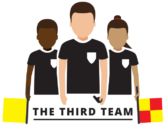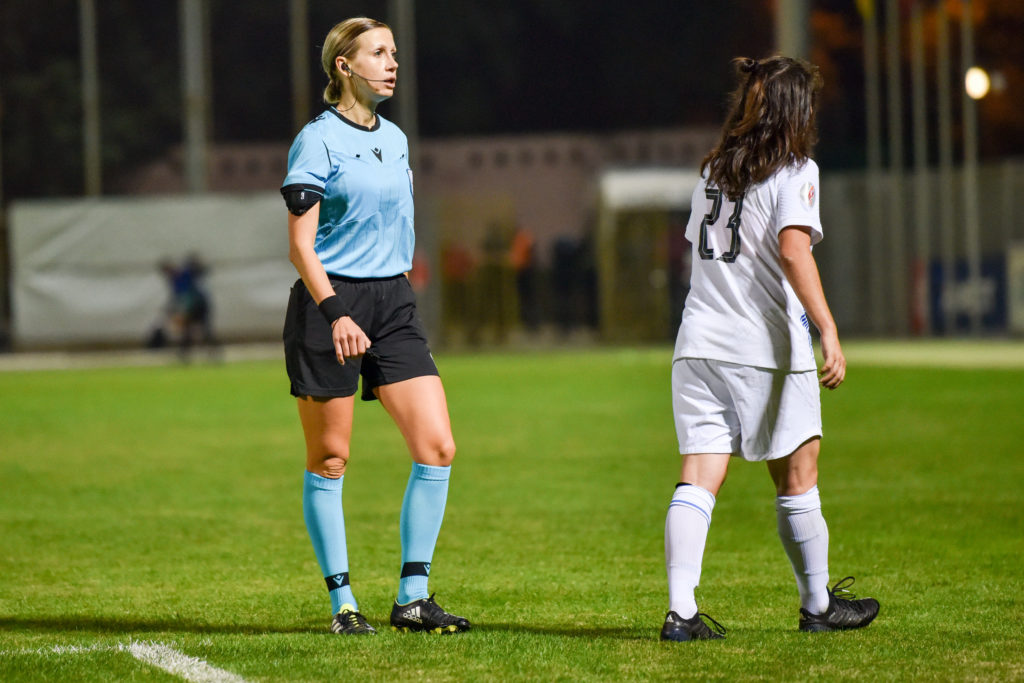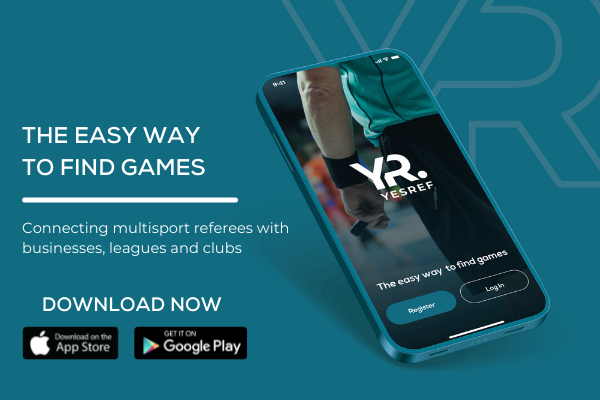Refereeing is all about the body, movement and nonverbal communication. Club officials, players and spectators have to read each other’s cues, while colleagues have to stake their claim and show nonverbal prowess when selling their decisions.
What are some of the body language cues officials make? Here is a rundown of the nonverbal cues you can spot while watching colleagues referee:
The Body Language of Success
Across countries, across cultures, across sports, there is universal body language of pride. Research has shown that all officials made the same body language expression when they had a successful performance. The body language of success is classic. Arms and hands above head upon bringing the fixture to a conclusion, mouth open, face pointed up towards the sky exclaiming in triumph.
The Body Language of Disappointment
Sadly, disappointed referees also have a unique body expression. We do not learn this expression by observation, we are innately programmed to do this when we feel we have underperformed. Disappointed officials roll their shoulders in, hang their head low, make a pained or sad expression and clench their hands into fists of perceived underperformance. It looks similar to a balloon deflating as the air, adrenaline and excitement leaves the body it wilts in sadness and frustration.
Body Language in Action
Colleagues have to be able to closely read each other’s movements. Especially in fast flowing fixtures. Typically, referees have to communicate with each other on the field of play nonverbally, without saying anything they have to know when to play an advantage or when someone will move left or right in order to take up the optimum positions which allow them the best opportunity to make correct decisions. There are a few nonverbal ways officials do this:
- The eyebrow flash is something that humans do instinctively when they want to attract attention. If you head out to a popular bar you will notice that some men may flash their eyebrows at women they find attractive as they walk by hoping the woman will stop to chat. Referees do this for colleagues when they want to initiate their view of a throw in. It is a nonverbal way of saying, “You agree?”
- Torso tilting is another thing that officials do when they want a colleague to engage with them. You will notice referees sometimes will aim their torso in the direction they’re about to sprint into a split second before they push off. This nonverbally tells their colleagues to get ready.
- The chin salute is a more subtle way we point. When officials want to point towards an incident, a goal or a player they often use their chin as a substitute finger. It is more subtle than using their hands and sometimes the only area of their body open when their hands are running, holding the whistle or managing a situation. Watch referees’ chins as they move around the pitch and you will see how their chins nod directions at each other.
The Body Language of Shame
When an official misses a foul in the penalty area, makes a mistake on a Key Match Incident or feels embarrassed they often do the body language of shame. This is when someone puts the tips of their fingers up to the side of their forehead. Its as if the referee is trying to shield themselves from the insults hurdled upon them from the crowd. In a true moment of devastation an official will cover both of their eyes with their hands or their entire face to block out the shame. This is called eye blocking and we do this subconsciously because we hope by covering our eyes we will stop seeing what makes us feel so bad.
The Body Language of Camaraderie
Members of the refereeing team sweat, train and sometimes even bleed together. That creates immense opportunities for bonding. How does this camaraderie show up in body language? Through the power of proxemics, a fancy word for the distance between people, and haptics, a fancy word for touch. Colleagues have much higher rates of touch than average friends. They pat each other on the back, butt, head and torso in gestures of congeniality. Officials also maintain smaller distances between each other. They stand close together, huddle on sidelines and close talk much more comfortably than normal friends. Of course, this comes from frequent body touching with closer proximity during play.
The Body Language of an Alpha
Typically in a team or any group of people there is an alpha, or unspoken group leader. This is usually the the referee in the officiating team. Alpha’s not only have a higher level of skill but also show different body language movements. You will notice that team alphas strut, hold their head higher and back further than other referees and puff their chest out both on and off the field. These subtle confidence cues remind players “who’s boss” and are a show to the outside world. You can practice this by viewing a team you are unfamiliar with. While out for your warm-up, try to spot the player with the highest head, most puffed out chest and strutting walk. Then look up how they have performed so far in the season. You will almost always find this person is the top one or two players on the team.
Refereeing provides a great opportunity to view body language in action. Officials have high emotions, adrenaline pumping and close social and territorial interactions with colleagues and coaches, it gives us plenty of fun body language spotting opportunities.
At The Third Team I work individually and in collaboration with different professionals where I have developed workshops associated with Resilience and Mental Toughness Development to help referees. The workshops are interactive, where referees are encouraged to open up and share their experiences to help each other.
Feel free to contact me if you’d like to know more about my workshops and how I could help you or your officials.
Best Wishes,

Nathan Sherratt
Referee Educator & Managing Director of The Third Team

Nathan Sherratt
Nathan Sherratt, Referee Educator, Resilience Trainer and Managing Director of The Third Team. A Mental Toughness Practitioner based in County Durham, North East England.


